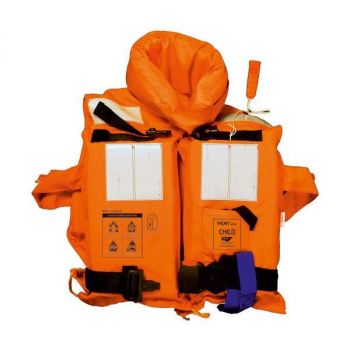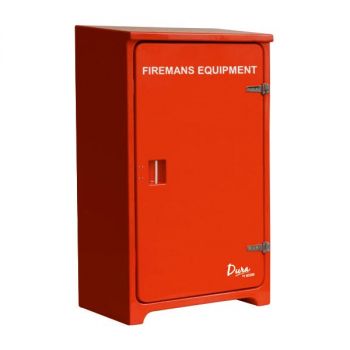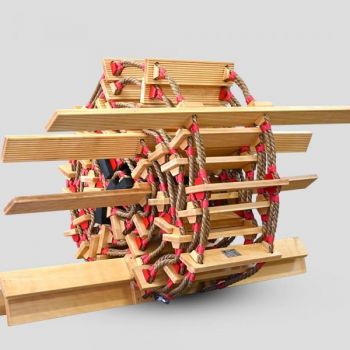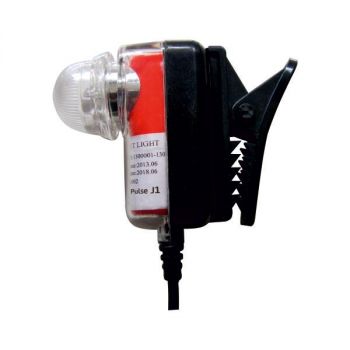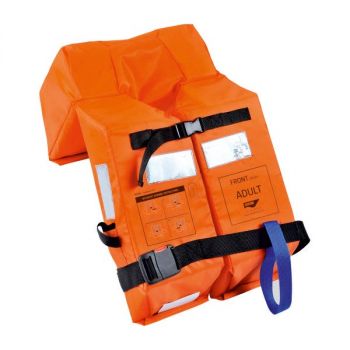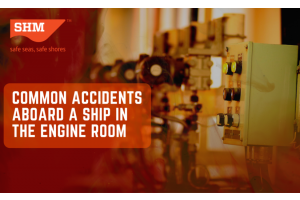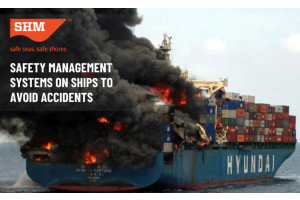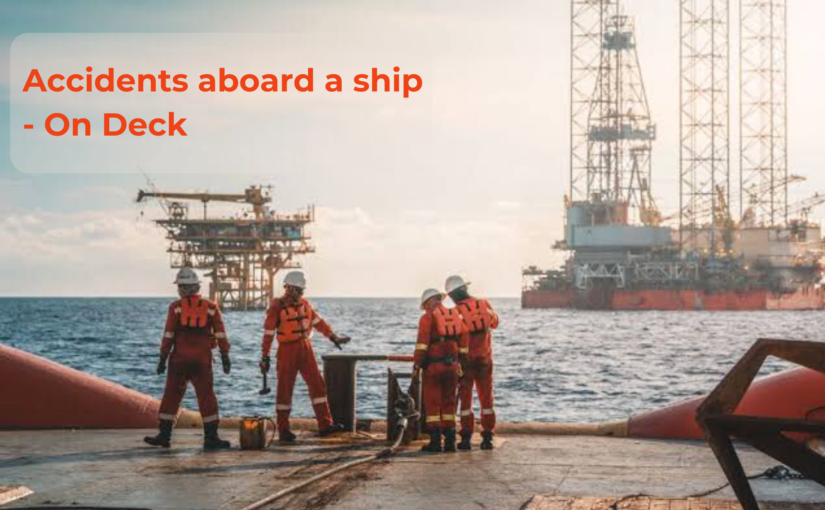
Marine safety is one of the most wide-spoken subjects in the maritime industry. Safety is often considered a part of a company’s culture and is highly essential to be placed on top priority for companies.
Accidents that happen aboard a ship can most times be avoided with precautionary measures, the right training and equipment. It’s noteworthy how simple practices and equipment can avert these accidents from happening.
Here are some of the ways in which accidents may occur on the ship deck to help us understand how they can be avoided:
- Man Overboard ( MOB )

It is clamouring to know that every month worldwide at least 2 people slip or fall from the vessel but only less than 25% of rescues are recorded in the Man Over Board scenario. Rescue and recovery are very crucial in this scenario due to the nature of fatality.
A famous saying in seafaring goes like ‘One hand for the ship, one hand for yourself’, implying how one’s vigilance, training and precaution can save them from scenarios of distress.
- Lifting gear, hoists and crane accidents

There is usually a lot of lifting and mobilization that goes on in and around the deck. This poses a high risk for accidents and injuries. Lifting operations should always be carried out by trained professionals and executed with all the safety precautions. Utmost care should be taken while unloading and suspension. Regular checks should be done to ensure the chains, slings and hooks are in place and well lubricated.
The Safe Working Load of a hoist should never be exceeded and the load should always be kept in check.
- Powered tools on the deck

The deck usually has a lot of hydraulic tools along with other required power tools and machinery. There will often be the need for surface preparation, drilling or even grinding. This would give scope for the use of pneumatic and hydraulic tools.
One is to ensure that they are equipped with PPE before they start with the tool. The condition of the tool should be verified. A tool is never to be substituted for another. The person in charge should also ensure that their clothes are appropriate for hydrographic conditions.
- Falls on the deck

Slips on the deck are one of the most frequently occurring types of accidents. It can’t be specified as to when a slip or fall could happen and one needs to be cautious the entire time. The slippery deck is very common because of oil and grease. Missing railings or frames can also often cause injuries.
When people are working in heights, even during general maintenance, the right equipment and training are of utmost importance.
- Accidents from compressed air

From minor injuries to fatal accidents, compressed air can overpower a person on the deck. Cleaning is often done using compressed air and the exposure of this compressed air to a wound can be fatal for a person.
It is also not a good idea to use compressed air for the dusting of kits or clothes and it can only create damage and not necessarily clean the intended surface or fabric.
It is of extreme importance to keep the gas or air cylinder in the vertical position in a way that it is away from the hot area.
- Wrong lifting techniques

Manual lifting can cause some serious injuries, especially when the lifting is done in a hurry or without caution. The most common mistake made while lifting is using the back muscles instead of using the power of arm and leg muscles. Than squatting and raising up to life, workers might just bend over, exposing themselves to injury and pain that can sustain for a long time.
What is being lifted and its weight and distribution can also have an impact on the one lifting. One should also look out for any sharp objects or edges. One should pace the lifting and take sufficient breaks in between.
Unloading and bringing the weight down correctly is as important as lifting. An injury may occur even after unloading if the bending position is wrong or miscalculated.
- Contact with chemicals

A ship houses multiple chemicals that are quite strong and undiluted. Even exposure to thinners or paint along with other chemicals can be harmful to the skin, eyes, ears or even the respiratory system.
The best way to work around chemicals is the usage of safety goggles, industry-grade face masks and complete PPE. One should be aware of the nearest eyewash stations and then should be taken in for care, in case of a spill or an accident.
- Electrical hazards

Improper insulation, electrical machinery and live wires can cause injuries or shocks, both of temporary and permanent nature. It can also be because of greasy wet surfaces, the exposure of which can cause burns and shocks.
To avoid this, one should ensure that the equipment should be off and sealed when not in use. The wires need to be taken care of well, making sure it’s not hanging around or lying across.
- Risk at enclosed spaces

Multiple places in the ship have narrow sections which could be confined and easily overlooked. There could be issues regarding ventilation and injuries as the spaces are only meant for storage or installation of some sort. Multiple pipelines that run across the ship need thorough cleaning and maintenance, which become the cause of these accidents. Half the battle is won with guidelines and protocol on entry into the capsulated space.
There could be the presence of leakage of hazardous gases, irritation and congestion due to inadequate lighting and ventilation and inadequate oxygen because of closed chambers accompanied by the heavy manner of work.
Precaution starts at a much earlier stage when the right training is imparted and the ship-specific plan with these spaces is displayed out in the public for everyone. Protocols like keeping the duty officer informed prior, a teammate for standby communication, handy oxygen source can reduce the risk of these accidents.
- Gangway falls

Planks or ladders that are poorly maintained can cause a person aboard to fall or slip at any intensity. Gangway safety wire often enhances the safety and freedom for the seafarers to carry on with their tasks, without a lot of risks. These types of injuries are common as the access points are not always used in a safe and stable atmosphere.
Regular inspection of the gangway and usage of safety jackets, ropes and equipment could avoid these mishaps from happening. Crew members should be sufficiently trained for the usage of these ladders, structures and stairs and should know what to expect while at it.
Safety precautions to avoid accidents on the ship deck
1. Usage of Personal Protective Equipment (PPEs) can minimize the damage from an accident and at times even avoid it from happening. From safety goggles to the right boots, all concerned people on board need to be equipped.
2. Training personnel on safety and precautions formally can make a huge difference to the entire state of affairs and can reduce the risk significantly. It has been noted that personnel trained at regular intervals are far more likely to be cautious and careful versus others who are not regularly trained.
3. Lack of maintenance of the deck, tools and equipment can also lead to accidents. It is advised to keep an intensive maintenance protocol. It is better to be safe than sorry.
4. It is always advised to keep a healthy proportion of personnel versus the load and work to be done. This can bring down the risk of accidents while lifting or mobilizing.
Endnote:
Conducting risk assessment and running safety drills can create a healthy and safe environment and make the personnel feel more confident and equipped. Accidents are always undesired but can have a serious impact on the victim, other personnel and the company in multiple dimensions.
Seafarers feel only as safe as their gears, the training they receive and the guidelines laid out to look out for each other. It is the moral responsibility of every company in the maritime industry to ensure that they invest in safety gear, implement the right protocols and impart education to everyone aboard.
With this they can secure the interest of both their personnel and the repute of the company, making them pioneers in their respective industries.
Practice safety at sea and create a better work environment for everyone involved.
To get a further understanding of the more such common reasons of accidents in detail, read this blog

